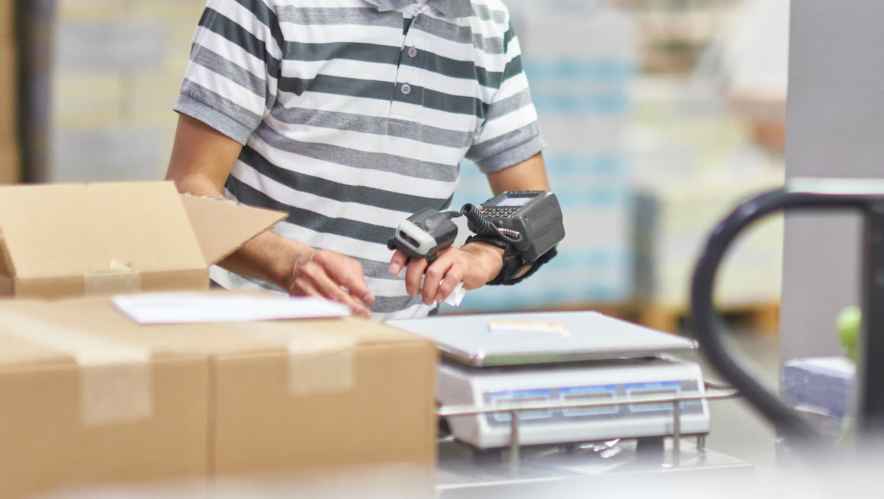Blockchain and IoT (Internet of Things): How To Combine Them for Better Business



Combine blockchain and IoT together for valuable use cases across industries. Here's why these two technologies can improve business operations, cut costs, and boost your bottom line.
We get excited about technologies like automation, artificial intelligence (AI), blockchain, and the Internet of Things (IoT), but the reality is billions of transactions happen across systems that are still not well integrated.
The saga of silos continues. If you’re using AI within your organization, you may only be using it to optimize customer service. Or maybe you’re only applying IoT to your operations and not your marketing.
My point is this: all this cool technology creates a need for better infrastructure. We need a better connective tissue that can bring all the transactions together onto a shared, trusted network across business units and industries. We need a solution that can connect multiple technologies to improve business operations, cut costs, and boost our bottom line — enter blockchain technology.
What does blockchain have to do with IoT?
The main purpose of IoT is to link the physical world with the digital world. Here’s the exciting part: it connects devices, and also connects devices to people. IoT creates a human-to-machine connection where humans benefit from the perks. For example, imagine your refrigerator could know when the fridge light was broken and order a new one. IoT is the technology that makes this type of scenario possible.
Now let’s discuss the value of IoT in the context of blockchain solutions. Cost of verification and cost of networking are important benefits of blockchain technology. The cost of verification relates to the capability of blockchain networks to verify transactions in a cost-effective way due to the decentralized validation consensus approach. The cost of networking is related to the ability to create and manage or disrupt a new marketplace without the need for a traditional intermediary. Reducing the need for intermediaries like financial institutions, for instance, can cause the reduction of their market power — hence a reduced cost of networking.
How blockchain and IoT can be used together
When a transaction happens in a particular industry, like in supply chain for instance, it can involve different parties and intermediaries for conflict resolution and application of eventual penalties, which can be a complex and lengthy process. It would be a lot simpler with the costless verification process on a blockchain. This type of validation is happening with data inside the blockchain. However, in many industries, the need to address validation outside blockchain is commonly referred to as the “last mile problem.”
For example, if you need to have temperature data in the blockchain for time- and temperature-sensitive goods like pharmaceutical products in cargo, or if you need to validate the authenticity of a job candidate’s college diploma. There may be systems in place to bridge the gap between the physical and digital world so organizations can collect and validate the information via trusted processes or entities before adding information to a blockchain.
Information systems are only as good as the quality of their data. Blockchains are distributed ledgers that are subject to this principle, but this statement is more impactful here in the context of blockchain than conventional systems because once the data is entered into a blockchain, it will stay there forever — even if the information is entered incorrectly.
These are examples of how IoT can be used in the context of a blockchain solution; in these cases collecting temperature details and pushing that information into a blockchain without human intervention is key to maintaining the trust of the system.
Similarly, documentation validation needs to have external processes to notarize and guarantee the authenticity of a college diploma. These are examples of activities that must happen before being added to a blockchain to maintain the accuracy of the information in the blockchain. This is where digital fusion needs to happen, and technologies like IoT play a key role, especially in cases involving IoT sensors and the intake of data that are applicable to many industries. Not every solution to the last mile problem derives from IoT. Some well-defined process implementation can address cases that don’t necessarily involve data from a device (for instance, the aforementioned diploma validation case that requires a human intermediary).
The advantages of combining blockchain and IoT
The benefits of using these technologies together are enormous for many use cases across industries. IoT can extend trust to a blockchain network as it builds trust between device information. Participants of the blockchain network reduce chances of data tampering before being added to a blockchain because human intervention isn’t involved in the flow of the data. It also reduces or eliminates additional costs involved with intermediaries and can substantially decrease the time it takes to settle a lawsuit because all the case information is easily audited.
Adding each of your partners to a network as a “node” is much less costly than building a full-on integration (and then maintaining it). Let’s say you’re a produce supplier who lost a shipment of strawberries due to the hot temperature in the delivery truck. You’ll need to let the supermarket expecting the delivery, along with the farmer who grew the strawberries, know about the spoiled shipment. By adding the farmer and the supermarket as nodes to your blockchain, you can notify them quickly and securely by giving them visibility. Additionally, the farmer and supermarket can hold you accountable for the spoiled shipment because they’ll know exactly how hot the temperature of the cab was, and exactly which truck was carrying the shipment, as the chain of custody is well-defined. That information gets transferred from IoT to the blockchain.
How it looks for architecture-minded people
Here’s a diagram to help you build out your use case for IoT and blockchain. It illustrates data flow from sensors owned by different organizations (partner A and partner B) to a blockchain network. Your blockchain becomes the tissue that helps connect everything to anything effortlessly and at a low cost.

Learn more about Blockchain by taking our free, online learning course — Blockchain Basics — over at Trailhead.

























